
The handbook is a useful guide to help localities clearly understand regulations, authorities, and procedures, thereby effectively implementing tasks according to new decentralization, delegation of authority, and assignment of authority.
The Ministry of Agriculture and Environment (MARD) has just issued a Handbook on land management when implementing a two-level government. This is a practical document, serving as a useful guide to help localities clearly understand regulations, authorities, and procedures, thereby effectively implementing tasks according to decentralization, delegation of authority, and new authority assignment. At the same time, the Handbook also helps people better understand administrative procedures, facilitating the implementation of rights and obligations related to land.
The handbook systematizes the authority and tasks of the People's Council, People's Committee, Chairman of the People's Committee and specialized land agencies at the provincial and communal levels, helping authorities at all levels fully visualize the work that needs to be done during implementation.
Specifically, at the provincial level, the Provincial People's Council has 6 powers and tasks; the Provincial People's Committee has 50 powers and tasks; the Chairman of the Provincial People's Committee has 37 powers and tasks; the Department of Agriculture and Environment has 15 powers and tasks. At the same time, the Handbook also provides specific guidance on the powers and tasks of the Land Registration Office and the Land Fund Development Organization.
At the commune level, the People's Council at the commune level has 4 powers and tasks; the People's Committee at the commune level has 45 powers and tasks; the Chairman of the People's Committee at the commune level has 44 powers and tasks; the Land Management Agency at the commune level has 19 powers and tasks.
Clarifying the role of each level and position is a key factor to ensure that land management is carried out effectively and consistently nationwide. The Handbook has specified the authority and tasks of provincial and communal authorities in land management, ensuring unity, transparency and efficiency in implementation.
In particular, one of the issues that people are particularly concerned about is the process of land acquisition, compensation, support and resettlement, especially when this authority is transferred to the commune level. The handbook has detailed instructions on the sequence and procedures for this content, including 16 steps, ensuring proper authority, clear responsibilities and publicity and transparency in each stage. This process includes from developing a land acquisition plan, organizing meetings with people, issuing notices, counting assets, making and approving compensation plans, to implementing compensation and handing over land.
Regarding the procedures for the first issuance of a Certificate of Land Use Rights and Property Ownership Rights attached to land by the commune level, the Handbook also provides specific instructions in 3 steps, clearly assigning responsibilities between state agencies and people. This process includes submitting the application to the Public Administration Service Center, the agency handling the procedure checking and transferring the application to the Commune People's Committee for verification, and finally the Commune People's Committee issuing the Certificate after completing financial obligations.
The time for processing procedures is also significantly shortened: For first-time land registration, it will not exceed 17 working days; for land registration with Certificate issuance, it will not exceed 20 working days. For mountainous areas, islands, remote areas or areas with particularly difficult socio -economic conditions, the time is extended to a maximum of 30 working days.
According to Ms. Doan Thi Thanh My, Deputy Director of the Department of Land Management (Ministry of Agriculture and Environment), recently the Department has proactively reviewed the entire system of legal documents related to land, thereby advising the Ministry to issue and submit to the Government for approval documents regulating decentralization and delegation of power in accordance with the two-level local government model.
“In addition to completing the legal framework, the Department of Land Management also actively accompanies and removes obstacles for localities, ensuring connectivity, transparency and taking people and businesses as the center of service. The Ministry of Agriculture and Environment has issued many documents directing localities related to land management when implementing two-level local government. Localities are also required to review procedures, standardize databases and train staff to meet new tasks,” said Ms. My.
The efforts of the Ministry of Agriculture and Environment in carefully preparing and issuing detailed guidance documents will contribute significantly to the successful implementation of the two-level local government model, ensuring the legitimate rights of people and businesses, and improving the effectiveness of state management of land in the new period.
Source: https://baocaobang.vn/ra-mat-so-tay-huong-dan-linh-vuc-dat-dai-khi-thuc-hien-chinh-quyen-dia-phuong-02-cap-3178578.html



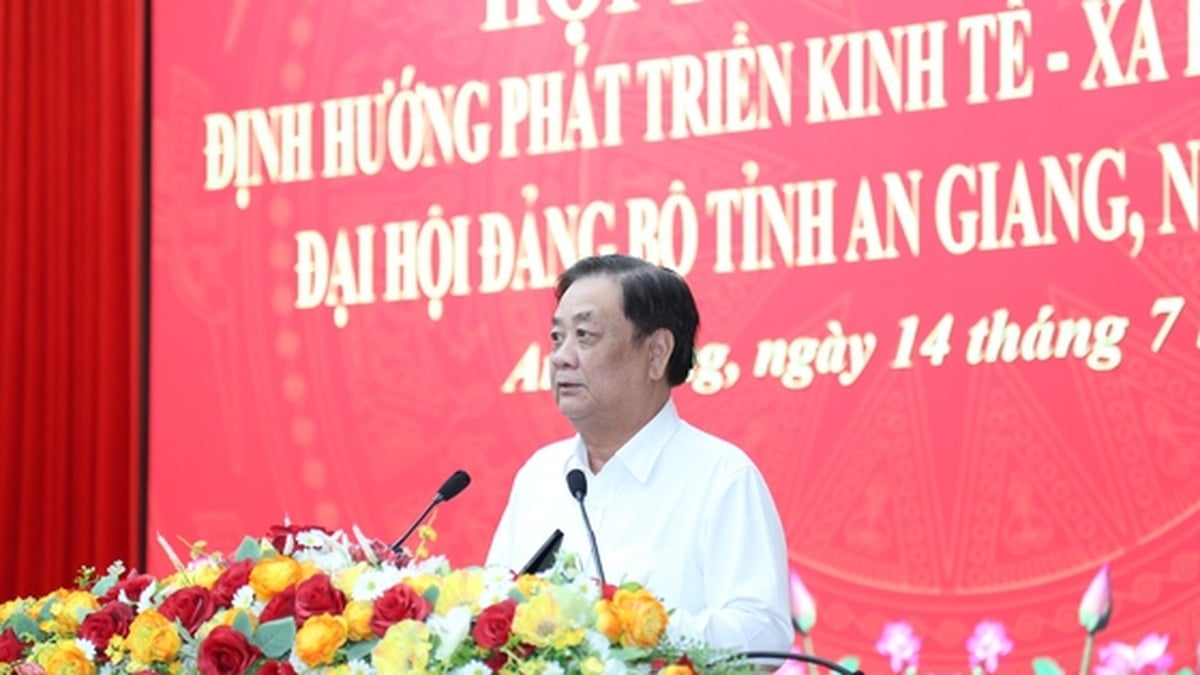

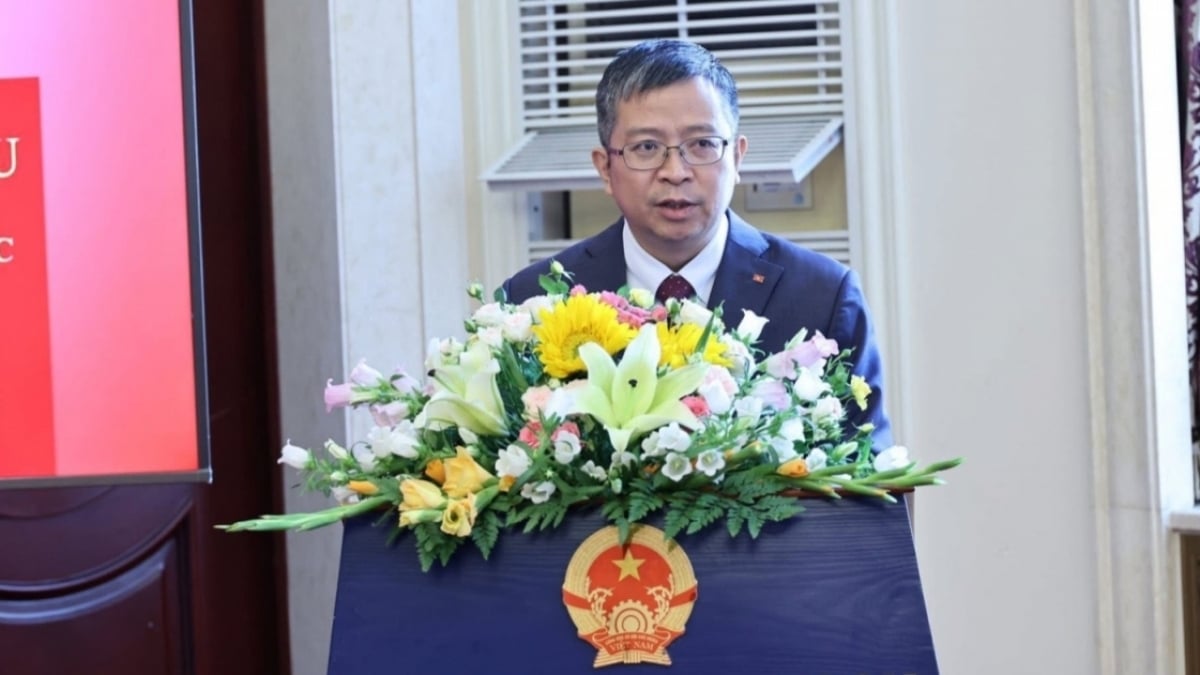




















































![[Maritime News] Treasury Department Targets Diverse Networks Facilitating Iran's Oil Trade](https://vphoto.vietnam.vn/thumb/402x226/vietnam/resource/IMAGE/2025/7/14/43150a0498234eeb8b127905d27f00b6)







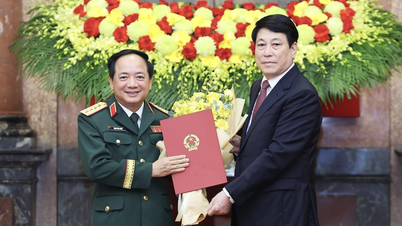

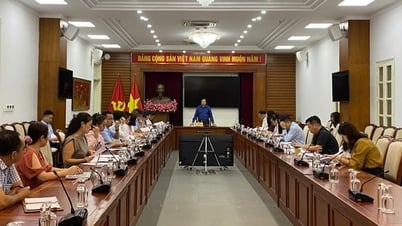




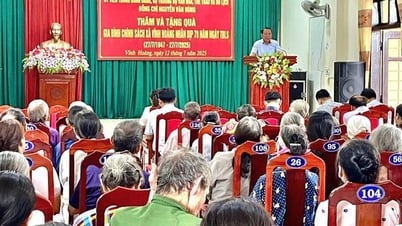

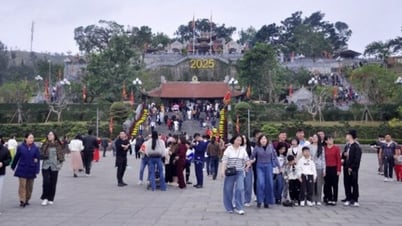
























Comment (0)